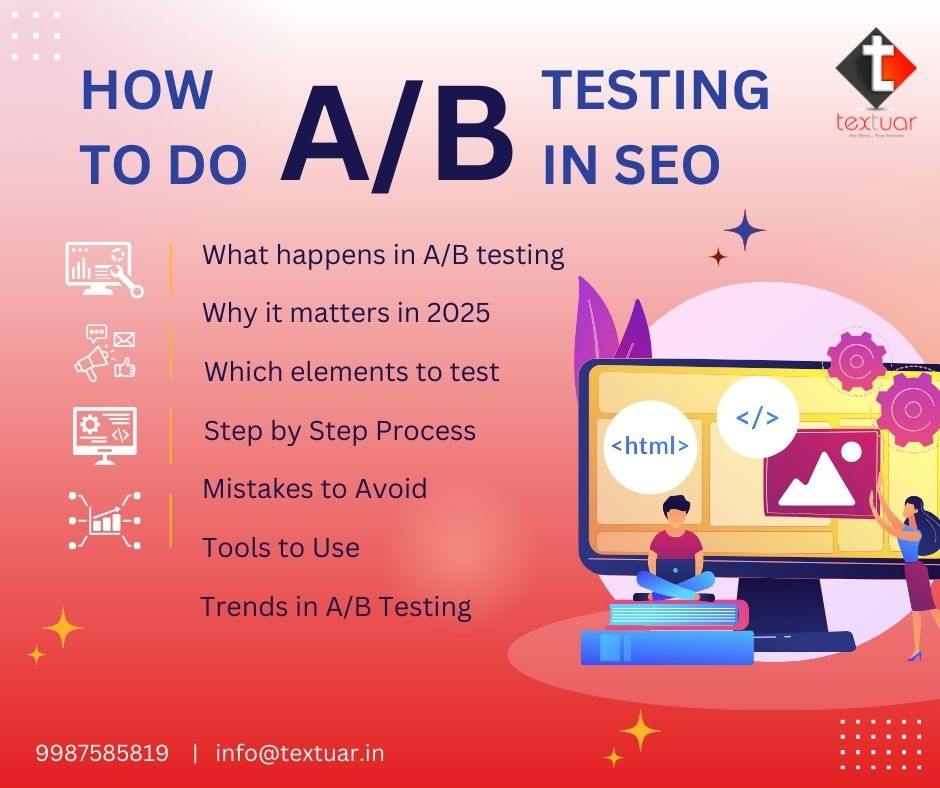Did you ever read a piece of content and felt like the brand made a connection with you?
Well, that is exactly what every business expects to achieve by publishing high-quality, conversational content on their site and blogs.
Be it blog, article or website content, the meaningful and high value information should impress the readers enough to let them act upon the call to action.
Every business may have its set goals and expectations from content writing. But universally, engaging the readers remains the first KRA of every business’ content creation endeavours.
In this blog, we will share a few tips on how to write conversational content. Doing so will engage better with the customers and drive them towards conversion for your brand.
What is conversational content writing?
As the name suggests, conversational content writing is a process of drafting content in a tone that people use in their day-to-day lives.
You need to address the reader’s needs in words that they would actually use when talking to someone in real life. Write something the readers would actually want to read, share and engage with. And even if your message is in a conversational tone, it should be meaningful.
Convincing readers to buy from your company is an incredible challenging task. But with conversational content, it becomes easy to entice, engage and entertain the reader.
Such type of content goes a long way in enabling personalisation for every reader.
As a result, she can form an unbreakable bond with your brand. And this is the hallmark of successful conversion and more revenues for your online brand.
And we all know that if you can influence people, you certainly can make the sales happen.
So, start building customer loyalty with your content’s tone. This is because loyal customers always recommend reliable businesses to others.
Even experts agree that conversational content matters…. a lot
What are some examples of conversational content writing?
Ernest Packaging is a company that makes cardboard boxes. On paper, it might look to be one of those ‘dull’ businesses with nothing attention-grabbing to offer in terms of engaging content. Such companies can easily bore people, right?
Wrong!
Their website is filled with content that is easy to make people laugh and engaged in one go.
For instance:
“NEED BOXES? WE’VE GOT THEM.
And tape. And gloves. And mailers. And displays. And…” followed by a list of things people may want to pack things.
So it all comes down to the creativity and skill of the content writer to create conversational content. She can add a touch of human interaction to keep the readers hooked to the site.
What tips ensure conversational content writing?
1- Stay away from complex words
People believe that using complex words make them noticeable among others. Well, yes, technical jargon and terminologies may attract professionals. But, what about the ordinary people who wish to gain knowledge?
Not every reader has the time to open a “dictionary” to understand what you wish to convey. Remember, readers don’t have time even to read the entire content. They scan through everything. And if a reader comes across a complex word or sentence, he/she may not even consider reading anything.
In fact, the usage of complex words is perceived as a sign of the writer’s lower intelligence.
Oops!
So, do yourself a favour and stay away from complex words altogether. Instead, use tools like Hemmingway App. This way, you can make your content bold yet clear!
2- Conversational content writing uses short sentences
Longer sentences tend to be more complex. You end up using subordinate clauses, more prepositional clauses and whatnot. This means you are just adding up more mental work for the readers.
Longer sentences have so much to say but so little to offer. In simple terms, your reader may end up rambling than actually interpreting your ideas.
But that doesn’t mean you should never opt for mid-sized sentences. Just throwing shorter sentences may become too predictable.
The result? The reader ends up losing interest in the content.
Use shorter sentences to build the foundation of the content and throw in mid-sized sentences to keep the readers engaged. You can use Flesch-Kincaid readability tests to understand where you stand when it comes to the readability of your content.
3- Focus on “you”
A writer may not be in the same room as his/her reader, but he/she needs to grab the attention regardless. And what is better than focusing on “you?”
By using the form of second-person throughout the content, you can make two things happen:
- You end up talking to the readers directly.
- You convey the benefit of the message in the content.
- Readers feel as if they are in a one-on-one conversation. This boosts the ‘engagement’ factor
This way, you invoke self-bias in the readers. Plus, with the usage of “you,” the readers feel that the content was tailored just for them.
But, how will you ensure your content is complete “you” centric?
Well, to do so, you need to write as if you are speaking to a friend. With that mentality, you will end up using “you” in the entire content.
4- Get rid of filler words
Another thing you must keep in mind when drafting conversational content is clarity. With clear prose, you ensure your content can be understood, learnt from and enjoyed by everyone.
This means staying away from fluff and filler words or phrases that add no meaning to your sentence. Such words only bore your readers and complicate your ideas. Its usage waters down your message and makes your content less impactful.
For instance, the usage of “in order to” makes no sense when you have “to” to do the same work for you. “A lot” is yet another fluff word that has zero value. People want specific information, and “a lot” only makes things confusing.
“Literally” is mostly misused by writers. It again is a surplus word that generates unnecessary confusion. It is best to opt for words that are precise and descriptive instead.
“Very” can be easily deleted from any sentence without robbing its actual meaning. So, what we mean here is, drop using “very.” Don’t use “very” with an adjective. Instead, choose stronger adjectives. For example, “outstanding” instead of “very good”.
Get more conversational content writing tips
Bonus tip
Write as if you are having a face-to-face dialogue with your readers. The choice of words, vocabulary, and style of writing will work wonders. It will automatically draw your audience in & engage better.
Your brand needs an expert content writer to connect with your customers
Remember that customers visit your blog to understand your industry authority and your grasp in your line of business. With well-articulated content, they gain trust that you are the right company to do business with. They trust that you will solve their queries for which they landed on your page in the first place.
Conversational content keeps the engagement level high when the reader is on your site. It keeps them engaged and drives them to do better (take actions).
So, follow the tips suggested above to stimulate emotions and trigger actions. You can hire professional content writers from Textuar to accomplish this goal and grow your online business ahead.











